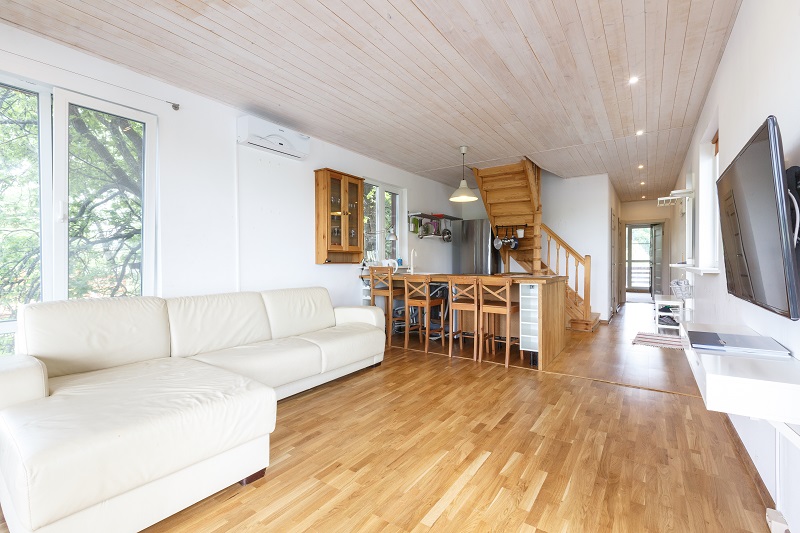Different Benefits and Shortcomings of The Installation of Timber Flooring

Timber is a natural resource that is available at very cheap prices. Hence, this tall evergreen grass is used for various purposes, including the construction of several building structures. Hence, timber flooring is a popular option among the common mass, due to the classy look of this hardwood variety and many other advantages. However, there are also some negative points of using this kind of flooring at residential buildings. The natural properties of timber contribute to the pros and cons of the floors made from this material.
Notable Advantages of Using Timber Flooring at Homes
- Easy installation process – The installation of timber flooring is very simple and can be completed fast by experienced professionals. These surfaces may be made of horizontal, vertical timber or woven strands of timber fibers, which are joined together with very strong glue, heat, and high pressure. Timber floor boards are conveniently secured over the flat sub-floors with small nails or high-quality adhesives.
- Simple maintenance procedure – The maintenance of timber floors is very easy as they can be cleaned by sweeping or vacuuming daily. The surfaces may be further cleaned by mopping with a wet cloth and mild cleanser, for removing stains and sticky debris particles.
- Provides classy look – The different patterns of joining the timber strands provide unique designs that make the floors look clean and sophisticated, matching the modern interior designs of the rooms. The light tone of timber and the glossiness of the laminated top layer enhance the beauty of the entire room.
- High longevity – The thickness of timber boards makes them highly firm and long-lasting due to their natural characteristics. Such floors can be stronger than even the strongest oak wood, which make the house owners free from the hassles of replacing floor boards within decades of installing them. The water-resistant nature of timber prevents water borne damages to floor boards
- Environment friendly – As timber is a naturally available material, this type of flooring is perfectly eco-friendly and never imparts any kind of negative effect on human health or on the surrounding environment.
- Cheap prices – Timber plants grow very fast to their full length and thus, this material is available in abundance in the market. Therefore, the prices of normal timber floors are affordable for the common people, compared to the other wooden floorings. Moreover, the former can be sanded for restoring the original glaze, which save the cost of replacing old floorings.
Few Disadvantages of Installing the Timber Flooring

- The ordinary timber boards are quite prone to scratches that may occur very often, making the floors look ugly. However, the high-quality woven timber flooring is scratch resistant and can be safely used in all buildings.
- Timber boards are likely to expand on excessive humid weather conditions and may contract during dry climates, which can result in cracks on the floors.
- As timber floors are not available in darker shades, house owners cannot always match the floorings to the rest of the colour schemes.
- The modern designs of these floorings cannot fit into the traditional styles of room interiors of some old houses.
However, good-quality timber floors are void of all these negative qualities, which can form the best floorings in all kinds of residential and commercial buildings.
-
-
-
-
/ 0 Comments